As autumn sets in, the garden is changing colour, the brown leaves are falling, conkers and chestnuts are ready. Red berries polka dot the hedgerows and, clinging to plants and garden structures, is a natural fine art exhibition of spiders’ webs which glisten in the morning dew. Looking at these webs last week it struck me at how detailed, how symmetrical and how delicate they are and, apart from being used to catch food, I realised I knew very little about spiders’ webs so, decided to find out more.
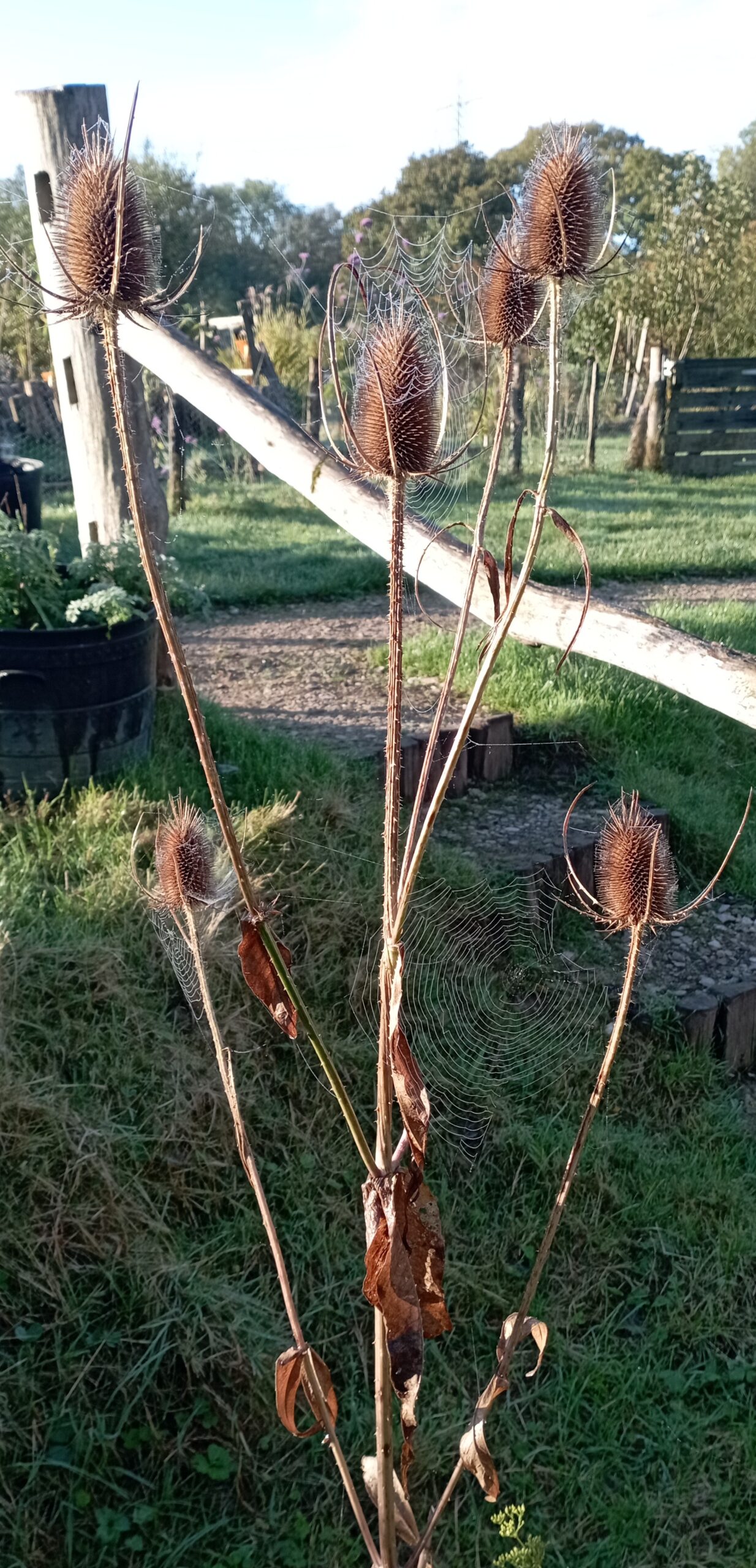
I now know that as well as using their webs to catch food, spiders also use them to protect themselves and their young. Spiders are natural architects and are born knowing how to build webs but not all spiders build them and for those who do, the architecture is specific to the species.
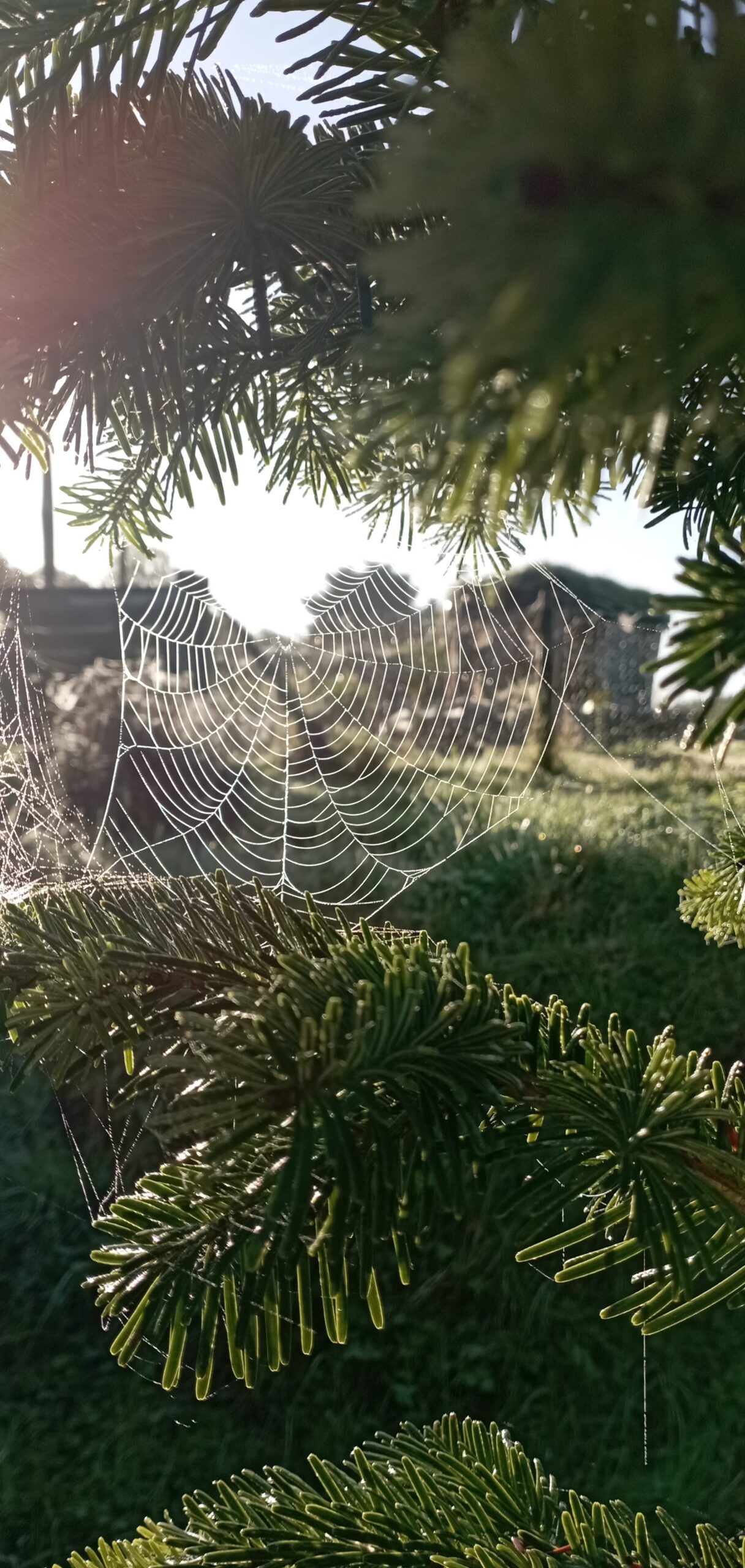
They make their webs by producing silk in internal glands which is then spun into fibre by the spiders’ built-in spinning devices known as spinnerets. This silk fibre is then anchored, often to a branch or door frame then the spider moves back and forward, adding additional threads along the way creating a pattern. Pulled down by the spiders weight, the second thread creates a centre point from which the spider then creates a spiral which is what we see.
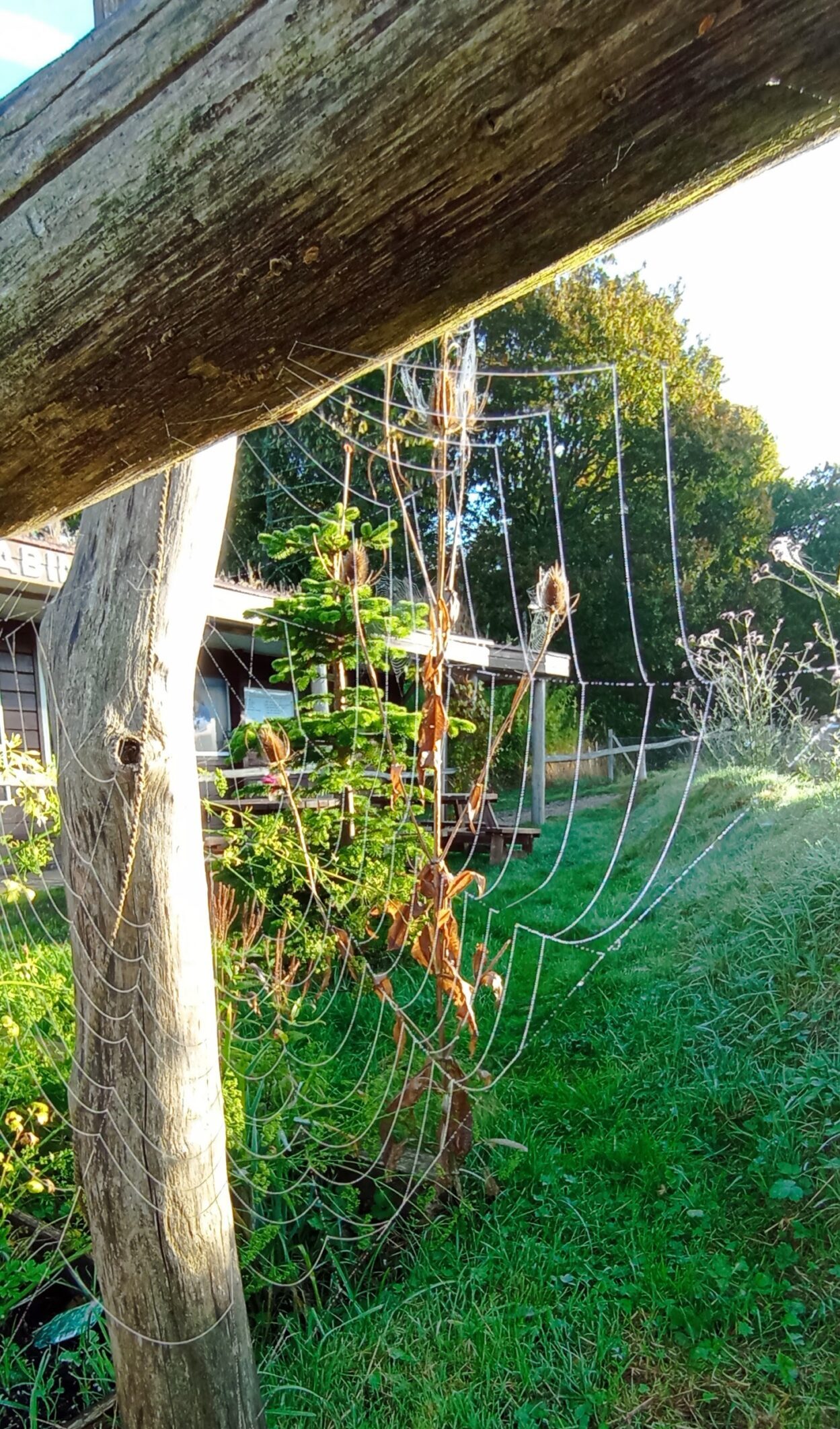
Many webs are created in gaps between objects where the spider produces a fine thread which is adhesive and when caught by the breeze then sticks to the object it is aiming for which signals a change in vibration which is the green light for the spider to carry on and produce a web.
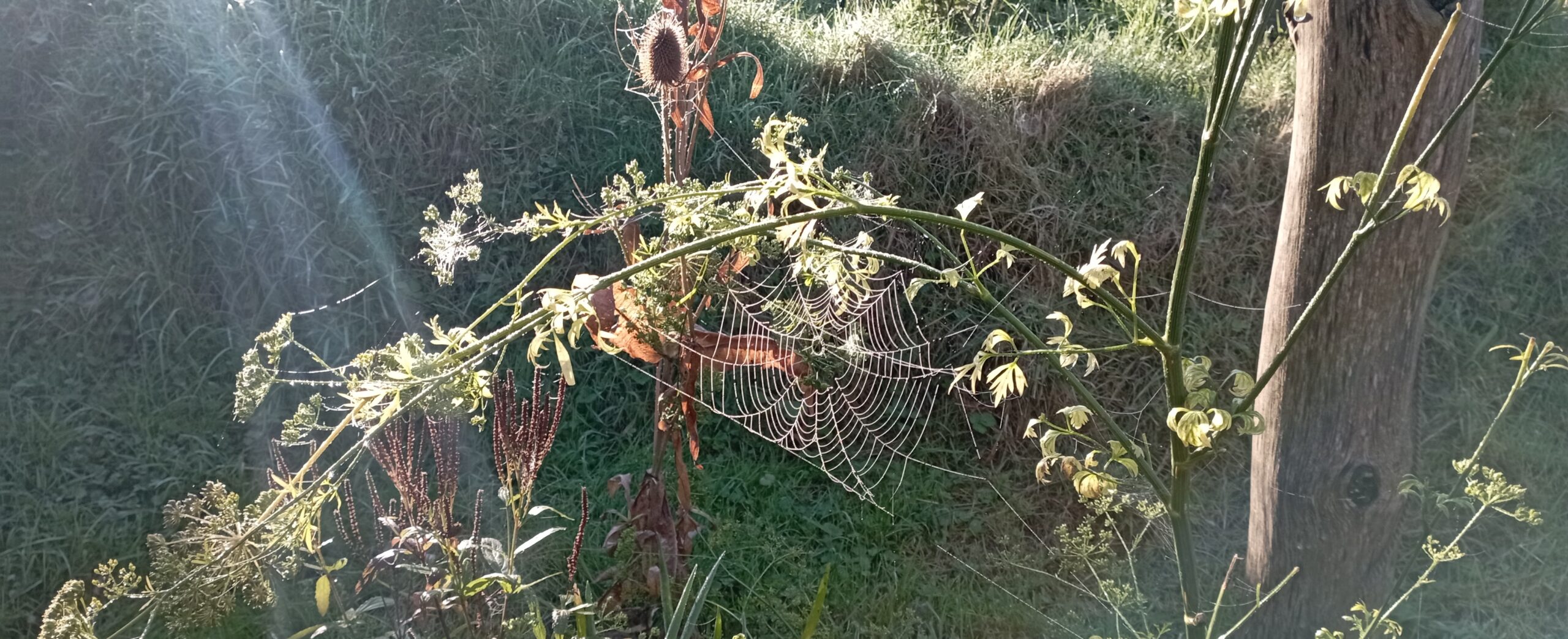
Who’d have thought there was so much involved in producing such an amazing feat of natural engineering, such attention to detail and how delicate a construction, all in a day’s work for a spider trying to survive.
Image Credits: Nick Forman .



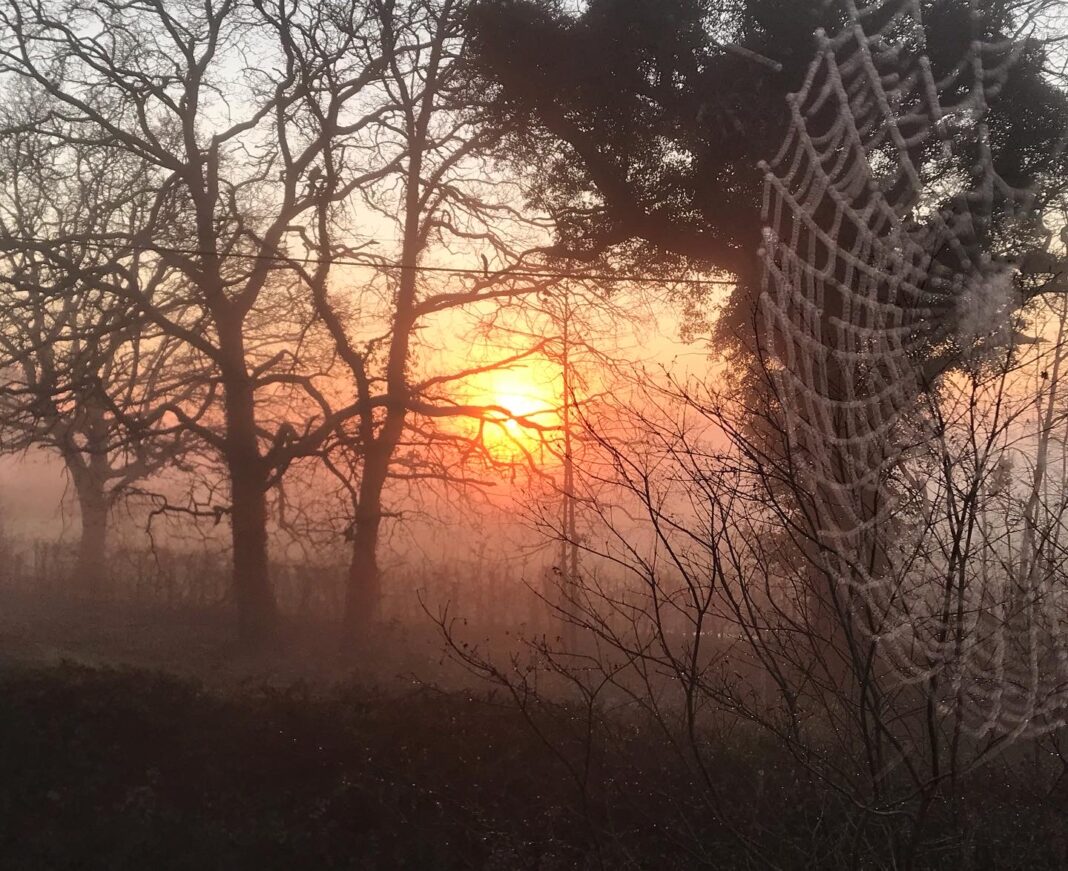
Thankyou for fascinating observations and detailed information about how spiders make their extraordinary webs!!